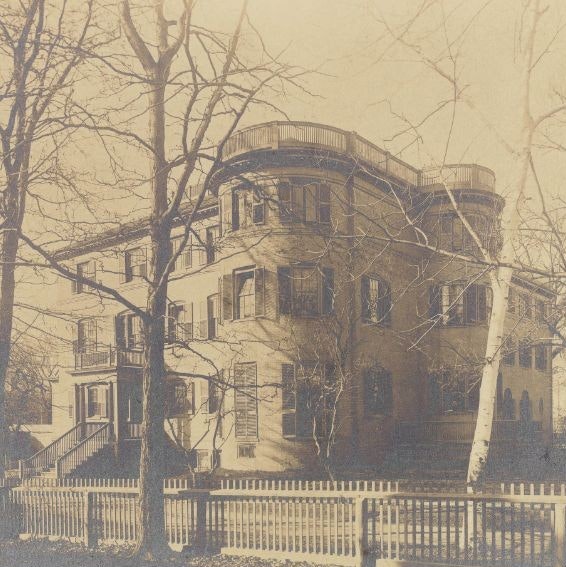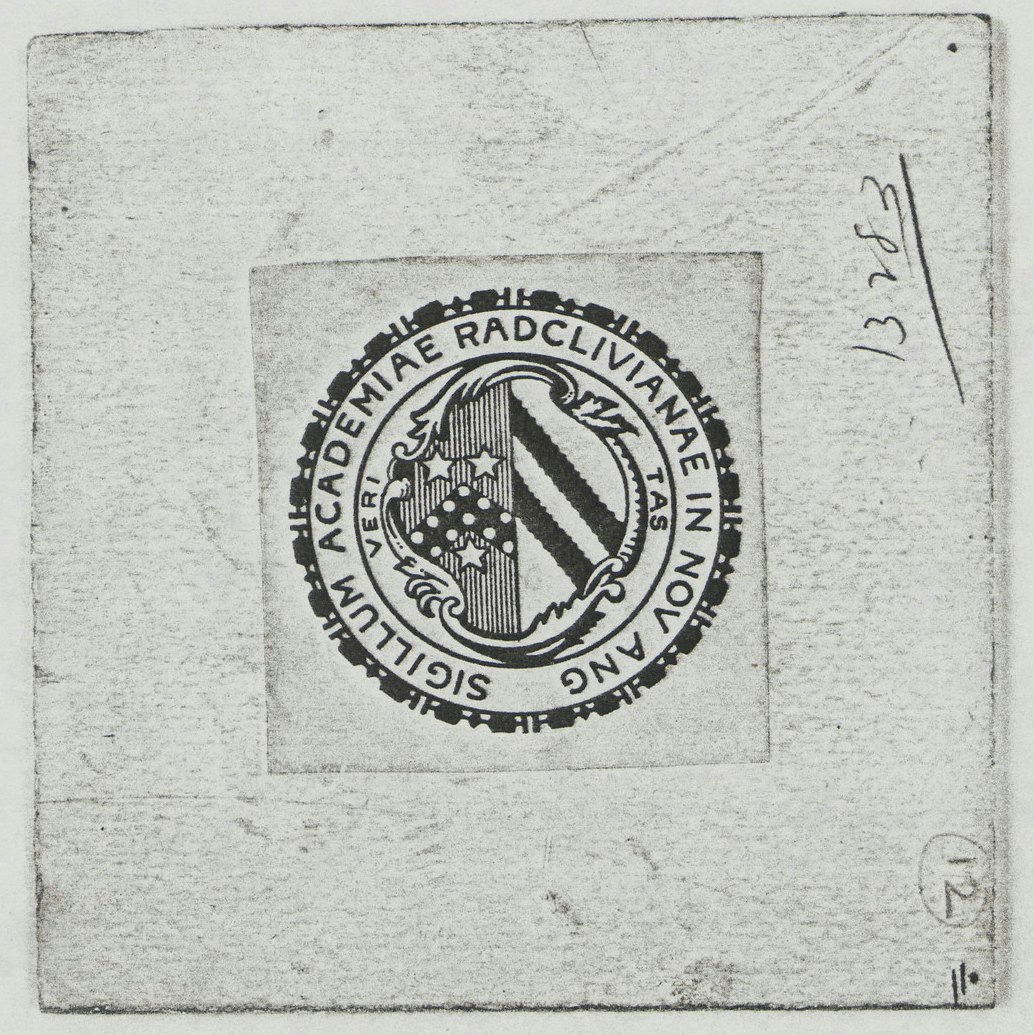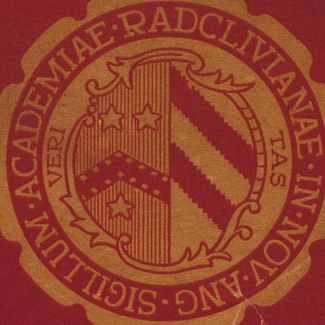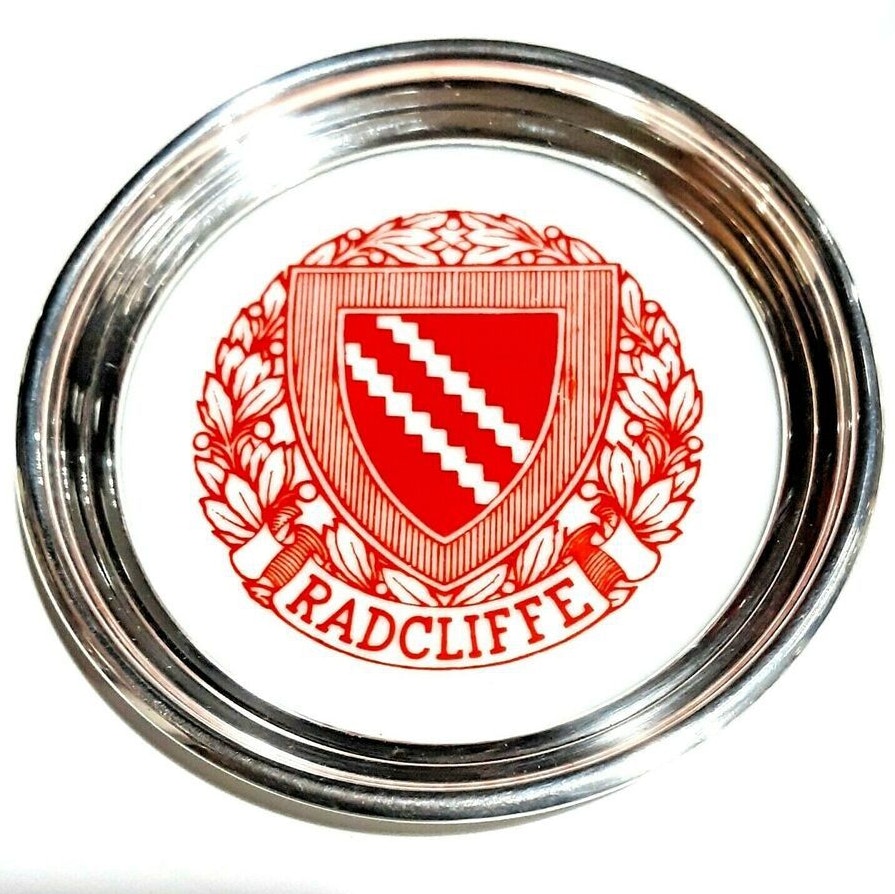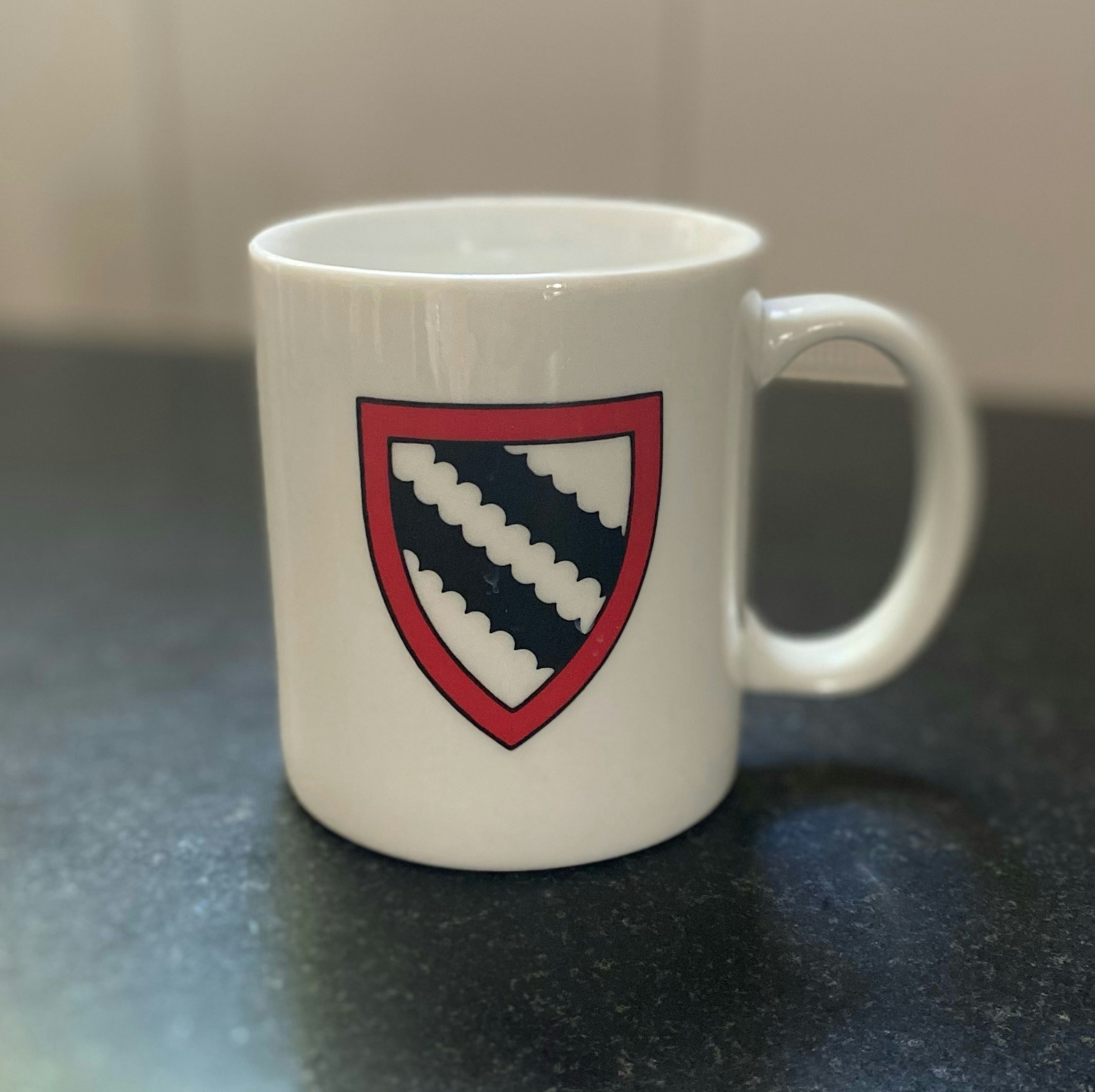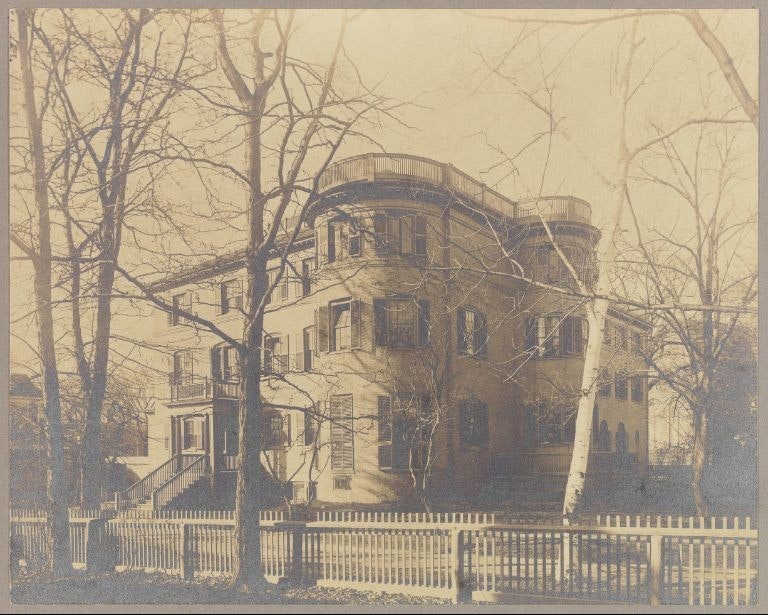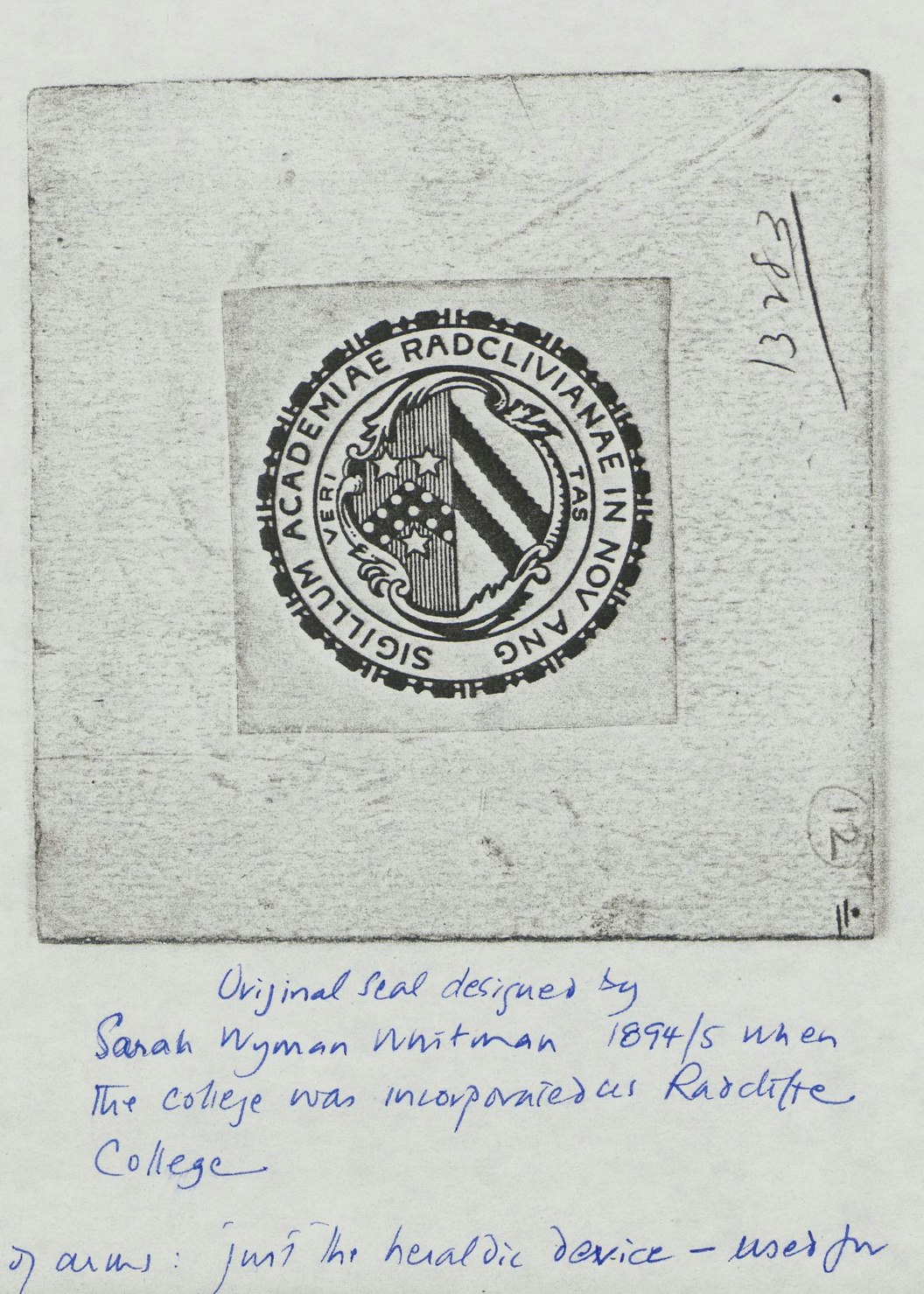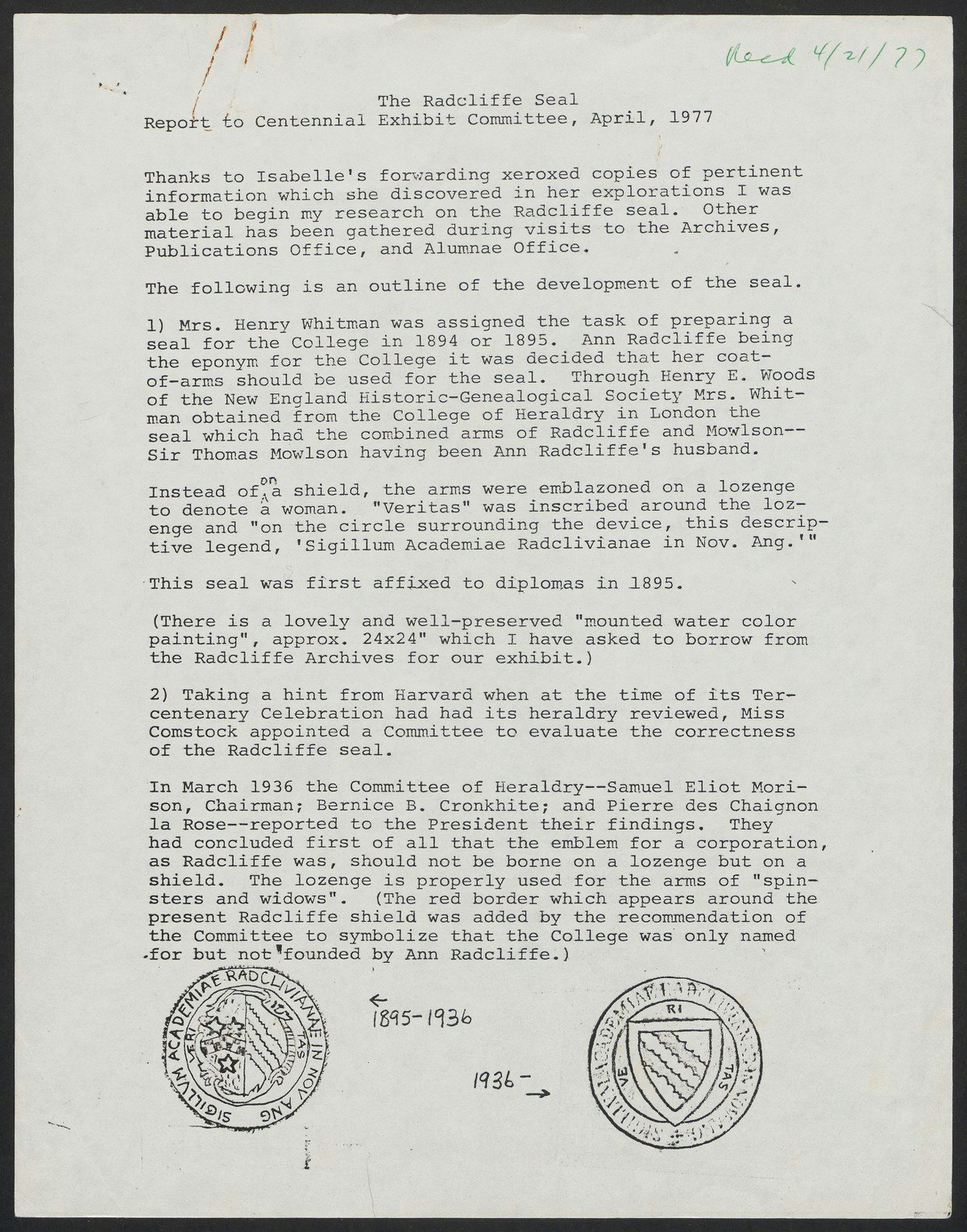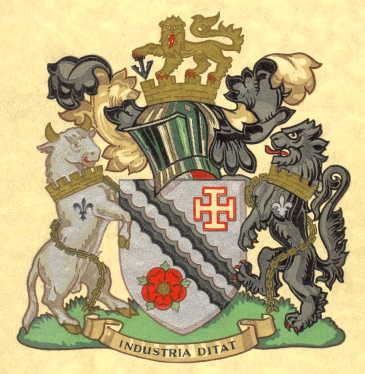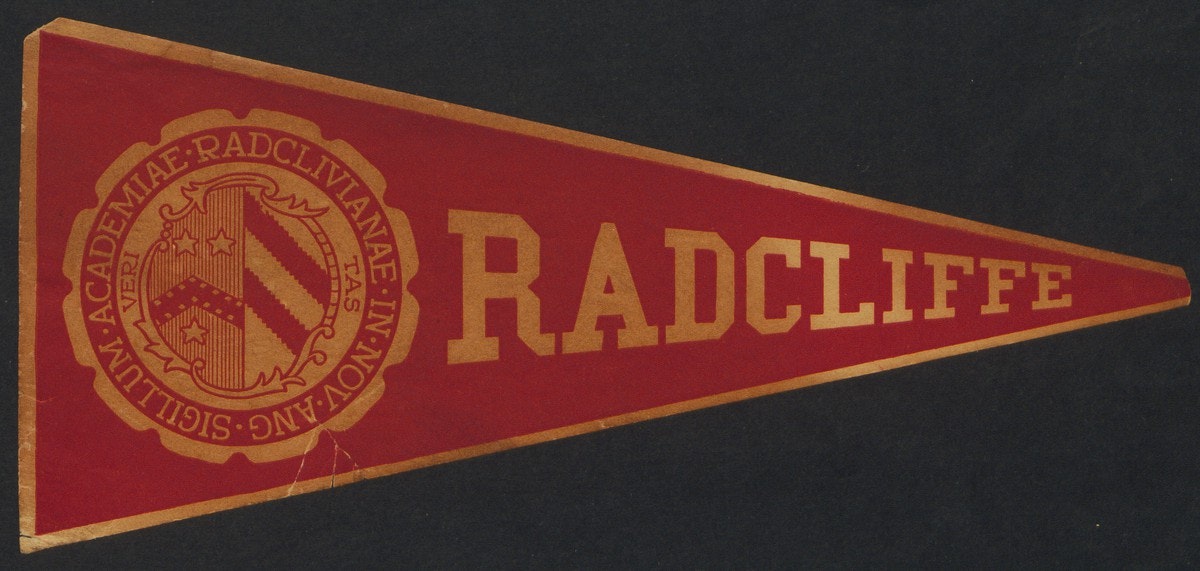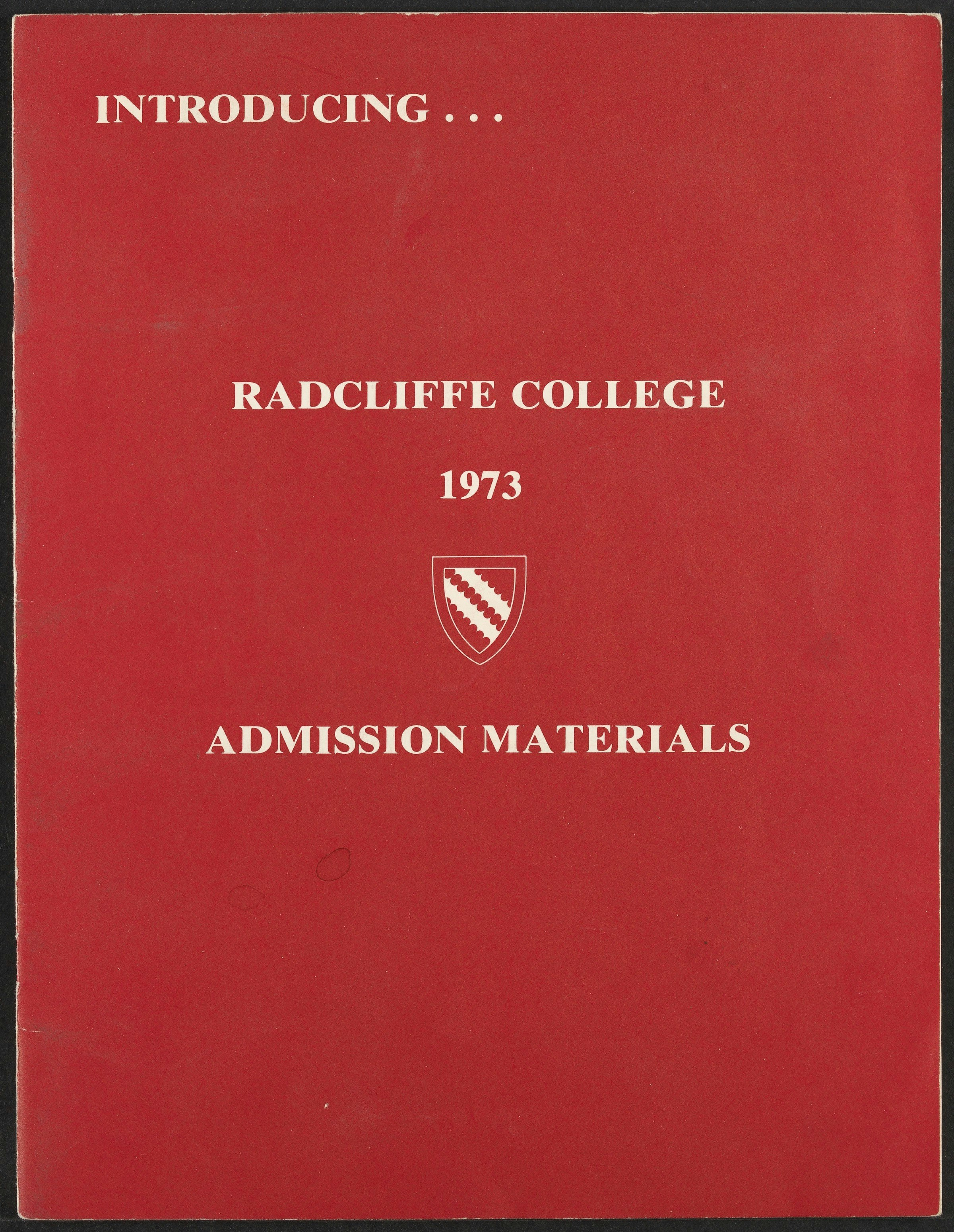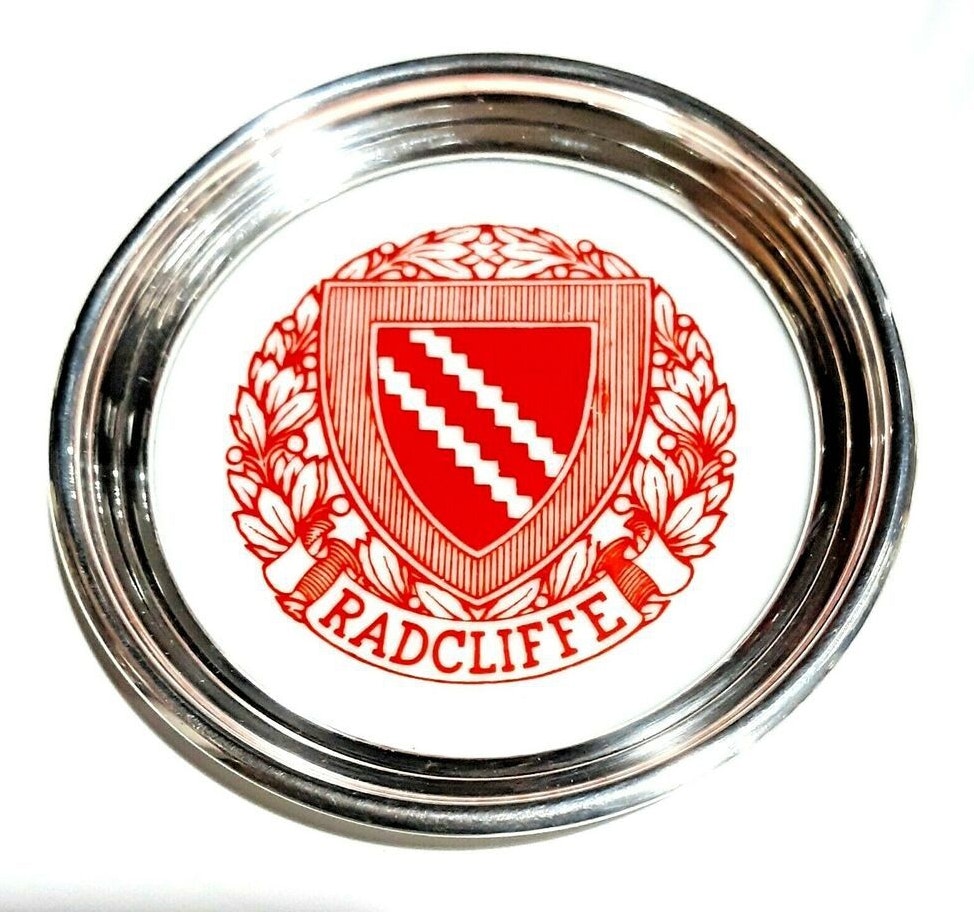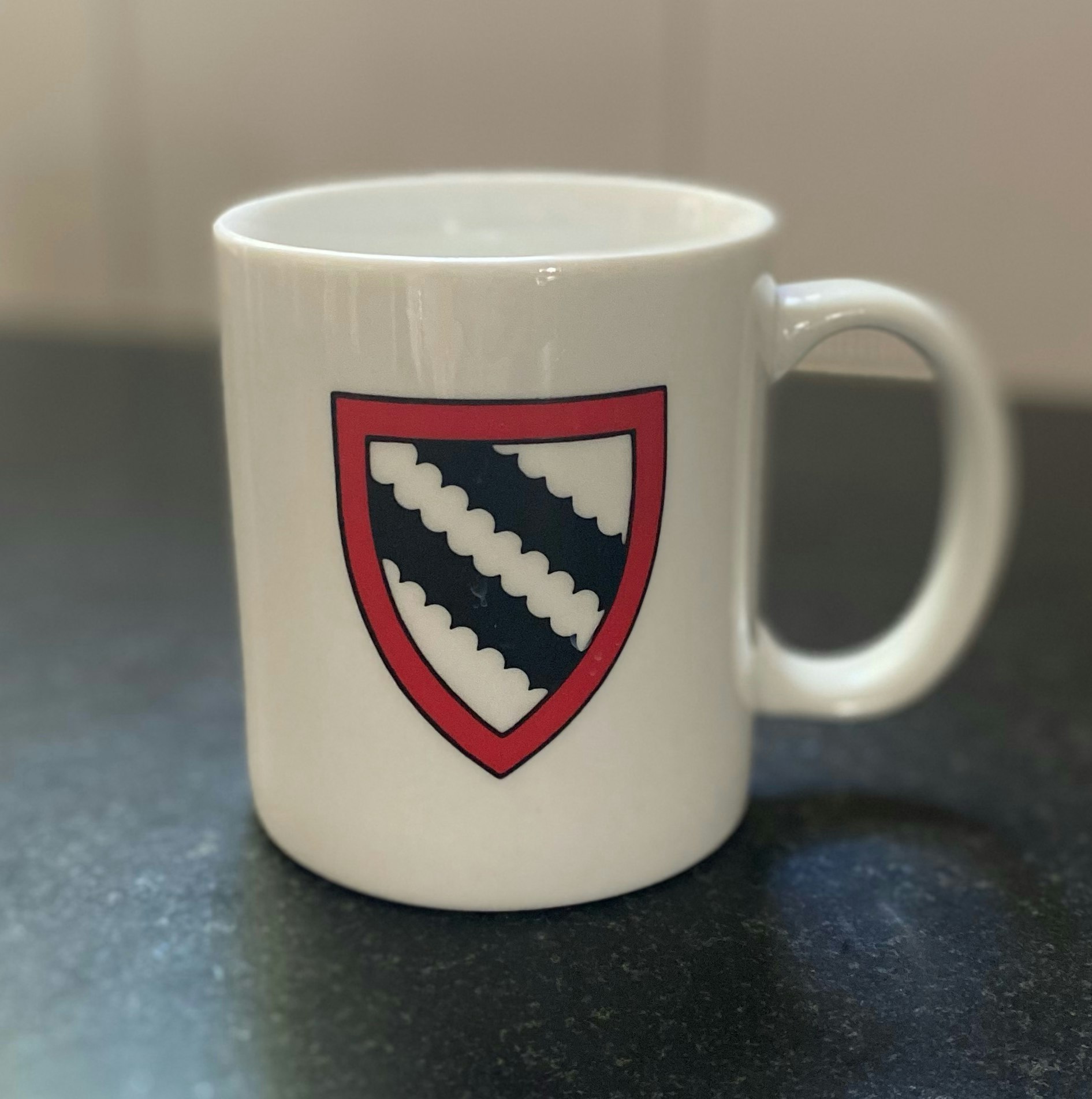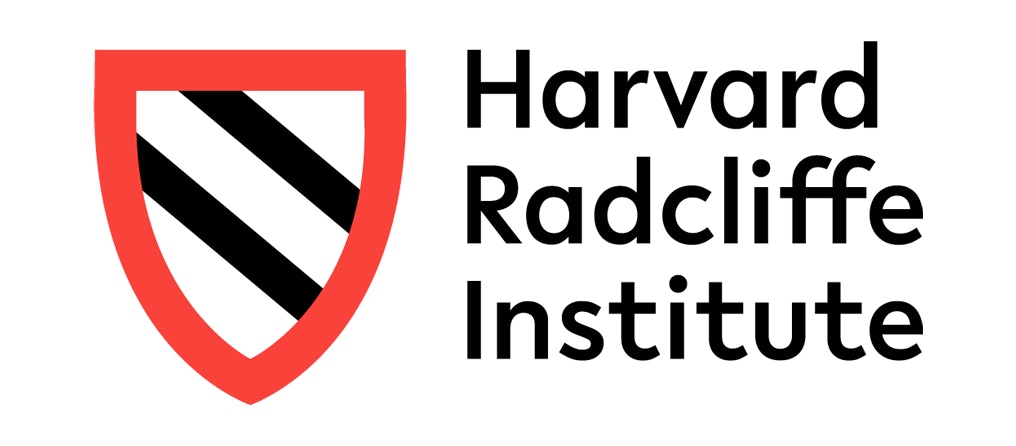A Fresh Look for the Radcliffe Institute for Advanced Study
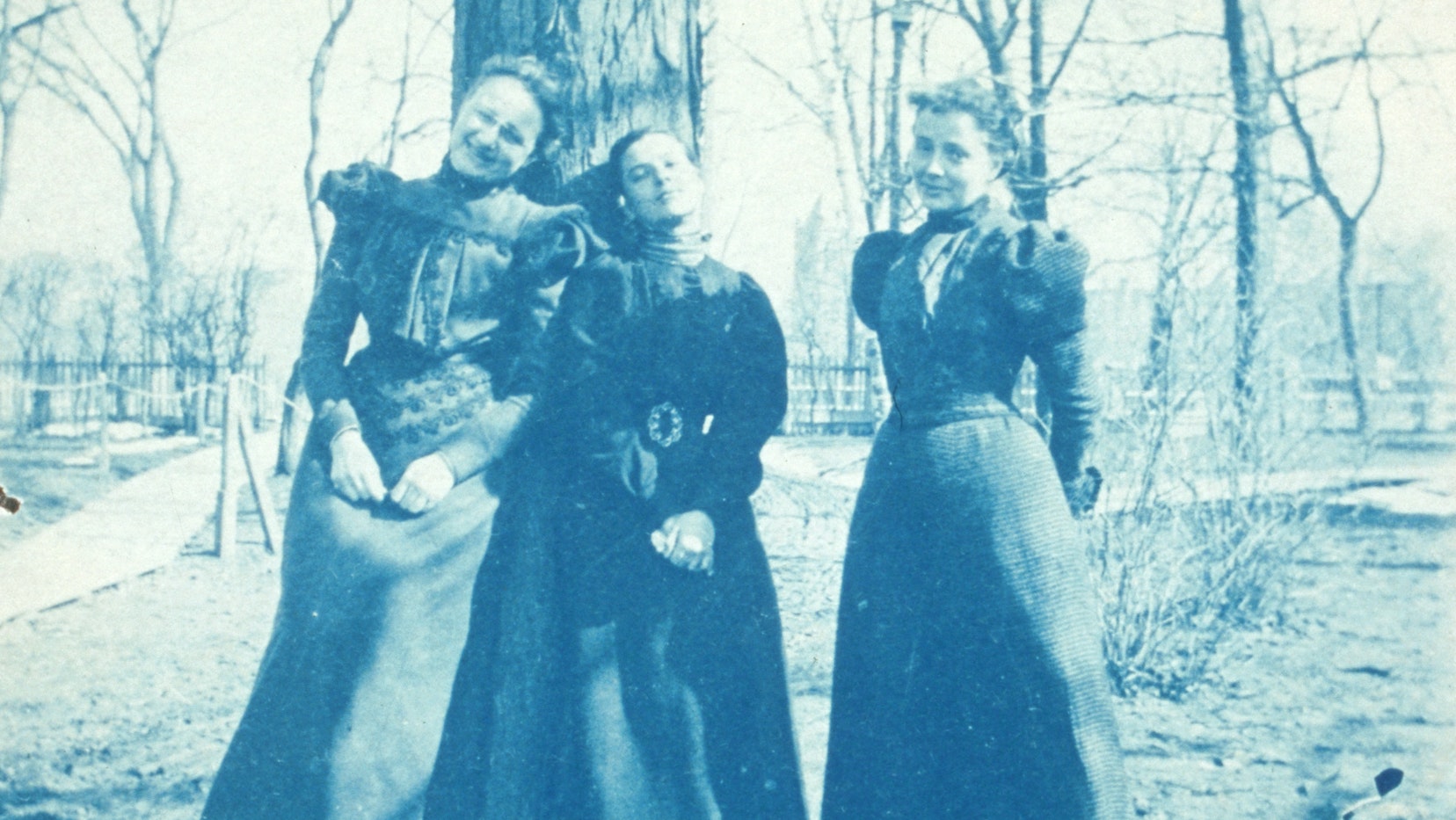
Message from Dean Tomiko Brown-Nagin
The Radcliffe Brand
The Evolution of the Radcliffe Logo
Frequently Asked Questions
Message from Dean Tomiko Brown-Nagin
When I became dean of the Radcliffe Institute for Advanced Study, I often said it felt like coming home. And that is exactly what Radcliffe is to so many people: an inclusive, interdisciplinary intellectual home—one that is continually welcoming new members while providing an enduring point of connection for Radcliffe College alumnae, Harvard-Radcliffe alumnae, Harvard College alumni, former Radcliffe fellows, and so many others who have engaged with Radcliffe since its founding.
It is a privilege to lead this institution and steward the legacy of Radcliffe College—a school founded to ensure that the standard of education embodied in Harvard was accessible to women, who were then excluded from the University. Radcliffe’s defining commitment to women and the study of gender endures in the Institute’s programs and the world-class collections of its Schlesinger Library. But the legacy of Radcliffe College is not simply coeducation at Harvard; it is the recognition that universities will always be greater when they draw wisdom and talent from the widest possible pool. This principle has guided Radcliffe’s work for nearly a century and a half. Among the many distinguished schools of Harvard, the Institute is unique: interdisciplinary by design and animated by a legacy of promoting inclusion.
In January 2021, after nearly two years’ deliberation and consultation with stakeholders in the Radcliffe community (including staff, faculty, students, and Radcliffe College alumnae), we launched a new website and debuted our shorthand name: Harvard Radcliffe Institute. While our full name remains the Radcliffe Institute for Advanced Study at Harvard University, our decision to adopt a shorthand reflects an effort to increase understanding and awareness of Radcliffe’s work—now, in the past, and in the future—within the Harvard community and the broader public. This page is meant to provide additional background on Radcliffe’s history, branding, and the vital role we play at the University.
The Radcliffe Brand
To those who know it well, Radcliffe is a powerful and enduring symbol of women’s education and the values of excellence, tenacity, curiosity, and inclusion.
To those less familiar with Radcliffe’s history, mission, and values, the name Radcliffe evokes muddied understandings of the current Institute or, at worst, nothing at all. In many cases, Radcliffe accomplishments are touted but the name is omitted altogether, in favor of “a Harvard institute” or a “former women’s college at Harvard.”
Recognizing the gap between the significance of the Institute’s achievements and a lack of understanding of its purpose and history, Radcliffe undertook an intensive, two-year effort to refine its brand and identity, which engaged a wide range of stakeholders from the Radcliffe and Harvard communities. This process informed the January 2021 launch of a new Institute website and refreshed branding, including a new vernacular name: Harvard Radcliffe Institute.
It is not uncommon for schools at Harvard and elsewhere to undertake brand refreshes from time to time. These changes are often driven by internal and external strategic factors. Our decision to adopt a shorthand name is an effort to preserve and strengthen Radcliffe’s identity, and ensure that today’s Institute is properly recognized for its integral role at Harvard. Our full name remains the Radcliffe Institute for Advanced Study at Harvard University. However, experience taught us that by failing to offer a clear and short informal name option, we left naming conventions to the whims of others—often to Radcliffe’s disadvantage. We chose to emulate all other schools at Harvard that effectively claim both their “family relationship” to Harvard and their unique and autonomous history.
Our mission remains unchanged since our founding as the Radcliffe Institute. In fact, a central goal of our recent brand refresh is to proudly embrace our deep and enduring ties to Radcliffe College, the legacy of which resonates across our work and in our contemporary vision and values. Consequently, our new brand language emphasizes the many ways in which who we are today emerges from our history as Radcliffe College.
We encourage you to explore the history of Radcliffe: From College to Institute and Radcliffe Identity FAQs below.
The Evolution of the Radcliffe Logo
Frequently Asked Questions
To communicate our work most effectively to a broader audience, we need to clarify our history and purpose. This led us to explore some adjustments to our identity, including the language we use to talk about ourselves and the look and feel of our website and other materials.
It is not uncommon for schools at Harvard and elsewhere to undertake brand refreshes from time to time. These changes are often driven by internal and external strategic factors. We last rebranded in 2011. The launch of a new website offered a perfect opportunity for us to revisit the brand.
Some of the strategic issues that we wanted to address:
- Our previous logotype did not provide any hierarchy of information. This made our logo less scannable and made us an outlier within the Harvard family.
- Our formal name remains the Radcliffe Institute for Advanced Study, although including both our full name and our Harvard affiliation as part of our logotype was unwieldly. Prior to their 2008 rebrand, Harvard Kennedy School faced a similar challenge; we were inspired by its effective use of a simplified name in their logotype.
Full name: John F. Kennedy School of Government, Harvard University
Vernacular name: Harvard Kennedy School
Logotype: HARVARD Kennedy School
- “Institute for Advanced Study” as a descriptor does not offer the general public clarity about our mission in the same way as a descriptor like “medical school” or “school of design.” This means we were using precious real estate in our logo without gaining much meaning.
- Experience taught us that by failing to offer a clear and short informal name option, we left naming conventions to the whims of others. In recent big media moments, we have been abbreviated to “a Harvard Institute” (e.g., the Associated Press wrote in early 2020: “What’s more, the structure dubbed Radcliffe Wave—after a Harvard institute—contains stellar nurseries once thought to belong in a ring-shaped band around the sun.” The AP story ran in numerous outlets—picked up over the wires and we lost this rare opportunity to have Radcliffe identified explicitly by name.)
- An especially egregious example comes from our media experiences after we acquired the Angela Davis papers. The acquisition garnered national coverage and was picked up on the AP wire, which was then picked up globally. Unfortunately—and somewhat predictably—the “Schlesinger Library on the History of Women in America at Harvard University’s Radcliffe Institute for Advanced Study” was rewritten for concision as “a library of women’s history at Harvard University.” This was later corrected in some outlets but was nonetheless a missed opportunity for Radcliffe.
We are the same institution, and our full name remains unchanged: we are the Radcliffe Institute for Advanced Study, Harvard University. Our vernacular name is now Harvard Radcliffe Institute, just as John F. Kennedy School of Government, Harvard University, refers to itself as Harvard Kennedy School in most contexts.
We chose to emulate all other schools at Harvard that effectively claim both their “family relationship” to Harvard and their unique and autonomous history. For example: Harvard Law School, Harvard Kennedy School, and Harvard Business School. In this context, Harvard Radcliffe Institute was an obvious choice.
The Radcliffe crest has evolved at many points since it was first designed by Sarah Wyman Whitman in 1894–1895. Her design looked very different from later versions, and the crest she created included not only the Radcliffe family crest but also Ann Radcliffe’s husband’s family (Moulson) crest. This was corrected in the mid 1930s, but a range of refinements have continued over the years. The new crest is merely an update to the ever-changing shield.
Our mission remains unchanged since our founding. In fact, a central goal of our brand refresh is to proudly embrace our deep and enduring ties to Radcliffe College. Consequently, our new brand language emphasizes the ways in which who we are today emerges from our history as Radcliffe College.
While Harvard Radcliffe Institute’s mission remains constant, each dean of the Institute has advanced that mission in a distinct way. Dean Drew Gilpin Faust and her predecessor, Acting President of Radcliffe College and Acting Dean Mary Maples Dunn, united the interwoven legacies of three beloved institutions—the Schlesinger Library, the Bunting Institute, and Radcliffe College itself—to create a world-class interdisciplinary research institute. Dean Barbara Grosz invested in seeding new collaborations across disciplines and expanded public programming at the Institute, turning it into a destination for the discussion of cutting-edge research, particularly in the sciences. Dean Lizabeth Cohen further expanded programming, successfully led the Institute’s first major capital campaign to secure Radcliffe’s future, and established the Institute as a focal point for the arts at Harvard and beyond. Dean Tomiko Brown-Nagin has set forth her strategic plan for the Institute, which is available here.
Preparation for the rebranding effort started nearly two years ago. This process was led by our Communications team at the direction of Dean Brown-Nagin and the Institute’s senior leaders. We sought input from within the University, from across Radcliffe, from Radcliffe College and Harvard-Radcliffe alumnae, and from friends of the Institute.
The brand refresh reflects the identity of the Radcliffe Institute for Advanced Study only. Other groups that carry the Radcliffe name are closely related by history but independent.
